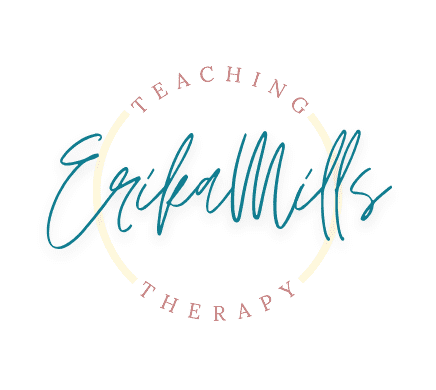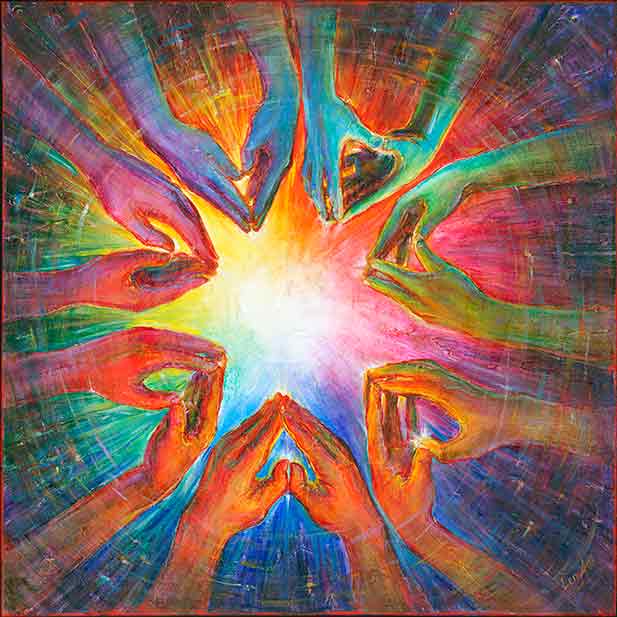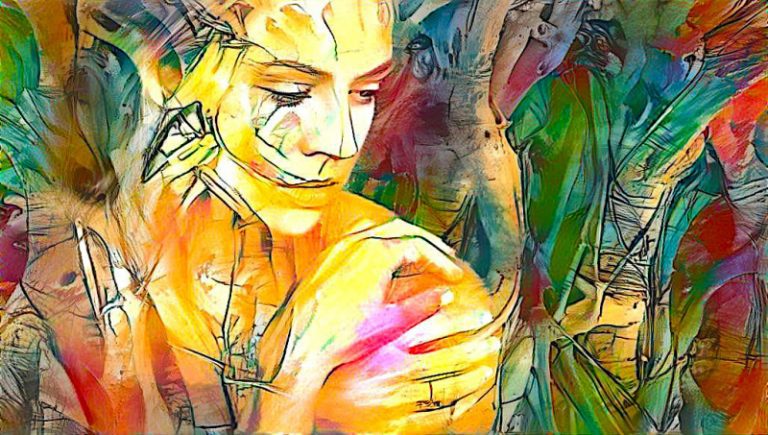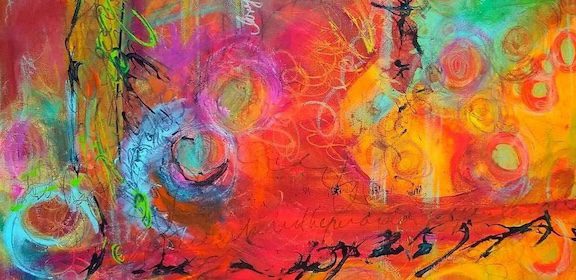How Do You Know What Burnout Subtype You Are Experiencing?
Burnout is not a moment. It is a process. It doesn’t usually arrive in one clear crash. It builds slowly, often quietly, in those who are committed, high-capacity, and deeply responsible. Three burnout subtypes have been discovered and research shows that over time, burnout begins to erode the very parts of us that once felt most alive—our clarity, our creativity, and our connection to purpose.
For professionals, caregivers, educators, leaders, and those who carry invisible emotional labor, burnout can be difficult to name until it is difficult to ignore. This post explores how burnout shows up in different forms, why it often goes unrecognized, and how it can serve not only as a warning, but also as an invitation to realignment.
What Are the Three Subtypes of Burnout?
In 2018, researcher Bauerhofer described three subtypes of burnout. These subtypes help differentiate the emotional and psychological shifts people experience as they move deeper into exhaustion and detachment. They are not rigid categories, but patterns that reflect how burnout evolves over time.
Burnout Subtype 1: Exhaustion
The first is the exhaustion subtype. This is the type most people are familiar with. It shows up as chronic tiredness, reduced motivation, and emotional depletion. You may find yourself needing more recovery time than usual, experiencing difficulty concentrating, or feeling emotionally overwhelmed by relatively small tasks.
Burnout Subtype 2: Exhaustion/Cynicism
The second subtype includes both exhaustion and cynicism. In this stage, the body is tired, but so is the spirit. The connection to meaning, joy, and compassion begins to fade. There is often a sense of bitterness or numbness. The people and responsibilities you once cared about may now feel like burdens. You may continue to show up outwardly, but inside you are increasingly disengaged.
Burnout Subtype 3: Deep Burn Out
The third subtype reflects a deeper collapse. It is often described as feeling burned out at the level of identity. You may not recognize yourself anymore. It becomes hard to access your inner voice or remember what brings you joy. The feeling is not just tiredness, but emptiness. This stage can be deeply disorienting, particularly for those whose roles and relationships have been central to their sense of purpose.
Burnout Is Not a Character Flaw
There is a persistent myth that burnout happens to people who are not strong enough, organized enough, or disciplined enough. In truth, burnout most often affects those who care the most and try the hardest. It is not a moral failure. It is a message.
Research continues to affirm this. Byun et al. (2022) found that workplace stress affects both physiological and cognitive systems, leading to measurable changes in heart rate, memory, and brainwave activity. Their study tested how people recover from acute stress using visual and auditory stimuli such as natural sounds and calming imagery. Those who engaged in restorative environments recovered more quickly—but even so, full recovery from burnout requires more than sensory support.
Burnout is not just about being overstimulated or overtired. It is about prolonged misalignment between your values and your roles, your effort and your support, your outer productivity and your inner world.
The Hidden Symptoms of Burnout
Burnout can manifest in many ways. While exhaustion is the most obvious symptom, many people also report a loss of joy, emotional numbness, resentment toward those they are caring for, or an inability to access creativity. These symptoms may emerge slowly. Often, people try to push through or rationalize them as personal shortcomings.
One of the most painful elements of burnout is that it can mimic grief. People often grieve the version of themselves who once had more energy, more optimism, more emotional availability. In this way, burnout is not only about how much you are doing—it’s about what has been lost or buried in the process.
It is common for people to question their identity during burnout. Who am I if I stop doing this work. Who am I if I am no longer the strong one. These questions are not signs of failure. They are signs of consciousness. Burnout often brings people to the edge of truth. And while it is uncomfortable, that edge can also become a threshold.
Rest Helps, But It Is Not Enough
Rest is a necessary part of recovery. Sleep, time off, unstructured days, and quiet spaces all support the nervous system. But many people discover that even after extended rest, the core issues remain. They still feel empty. They still feel unmotivated. They still feel distant from themselves.
This is because rest addresses the symptoms of burnout, but not always the source. The source is often tied to deeper patterns—such as chronic overfunctioning, perfectionism, people-pleasing, inherited expectations, emotional repression, or ungrieved losses.
Healing requires more than downtime. It requires attention. It asks for honesty, reflection, reorientation, and sometimes, significant change.
Burnout as Invitation
Though burnout is painful, it is not meaningless. It may be one of the few experiences that interrupts our capacity to override ourselves. Burnout asks us to stop. Not because we are broken, but because something within us is asking to be heard.
In many cases, burnout signals the need to re-evaluate. What am I carrying that I do not need to carry anymore. What parts of myself have I neglected in service of others. What boundaries have I failed to honor. What dreams have I postponed. What parts of my identity have I outsourced to my role.
These questions are not easy, and they are not answered overnight. But they matter. They lead us toward integration. Toward wholeness. Toward a version of life that is not built on endurance, but on alignment.
What the Research Tells Us About Recovery
The Byun et al. (2022) study used both subjective and objective tools to assess stress recovery. Participants were monitored through heart rate variability, EEG, and working memory tests after completing a stress-inducing task. Those placed in multi-sensory environments showed more efficient recovery. These findings support the idea that environment can affect emotional regulation and cognitive function.
However, the study also reinforced a core truth: recovery from chronic stress requires more than momentary relief. It requires patterns to change. For many people, those patterns are rooted in long histories of obligation, over-responsibility, and identity over-identification with work or caregiving roles.
Burnout recovery, then, is not just about what you stop doing. It is about what you start remembering. Your values. Your voice. Your capacity to rest without guilt. Your right to live at a human pace.
Honoring the Healing Process
The process of recovering from burnout is deeply personal. It cannot be rushed. Some people benefit from journaling, spiritual direction, or therapy. Others find clarity through time in nature, creative expression, or meaningful conversation. What matters most is that the process includes both truth-telling and gentleness.
Burnout healing is not about fixing yourself. It is about recognizing how long you have been trying to be okay without support. It is about welcoming the part of you that has been waiting for your own attention. It is about choosing something more sustainable, more honest, more nourishing.
For those in caregiving professions, education, healthcare, ministry, leadership, or any role where responsibility has outpaced reflection, burnout is not failure. It is feedback. It may be the beginning of a more integrated life.
You Are Not Alone in This
Burnout can feel isolating. It often happens quietly, under the surface of high performance or caregiving commitment. But you are not alone in this. Many people reach a point where the old ways of living no longer work. The turning point is not weakness. It is wisdom.
You do not have to go back to the life that burned you out. There is space for something new. Something more aligned with your values, your inner knowing, and your humanness.
Burnout does not mean you are broken. It means you have been strong for too long without rest, reflection, or reciprocity. Now is the time to listen.
Sources
Byun K, Aristizabal S, Wu Y, Mullan AF, Carlin JD, West CP, Mazurek KA. 2022. Investigating How Auditory and Visual Stimuli Promote Recovery After Stress With Potential Applications for Workplace Stress and Burnout. Frontiers in Psychology, 13, Article 897241. https://doi.org/10.3389/fpsyg.2022.897241
Bauerhofer M. 2018. Burnout Subtypes Model
Dyrbye LN, West CP, Johnson PO, Cipriano PF, Beatty DE, Peterson C, Shanafelt TD. 2021. Burnout and satisfaction with work-life integration among nurses. Journal of Occupational and Environmental Medicine, 61, 689–698
Han S, Shanafelt TD, Sinsky CA, Awad KM, Dyrbye LN, Fiscus LC, Trockel M. 2019. Estimating the attributable cost of physician burnout in the United States. Annals of Internal Medicine, 170, 784–790
National Academies of Sciences, Engineering, and Medicine. 2019. Taking Action Against Clinician Burnout: A Systems Approach to Professional Well-Being. Washington, DC: The National Academies Press
Panagioti M, Panagopoulou E, Bower P, Lewith G, Kontopantelis E, Chew-Graham C, et al. 2017. Controlled interventions to reduce burnout in physicians. JAMA Internal Medicine, 177, 195–205
White CH, Meier N, Swint C. 2021. The implementation of a stress management program for health care workers. Workplace Health and Safety, 69, 161–167







